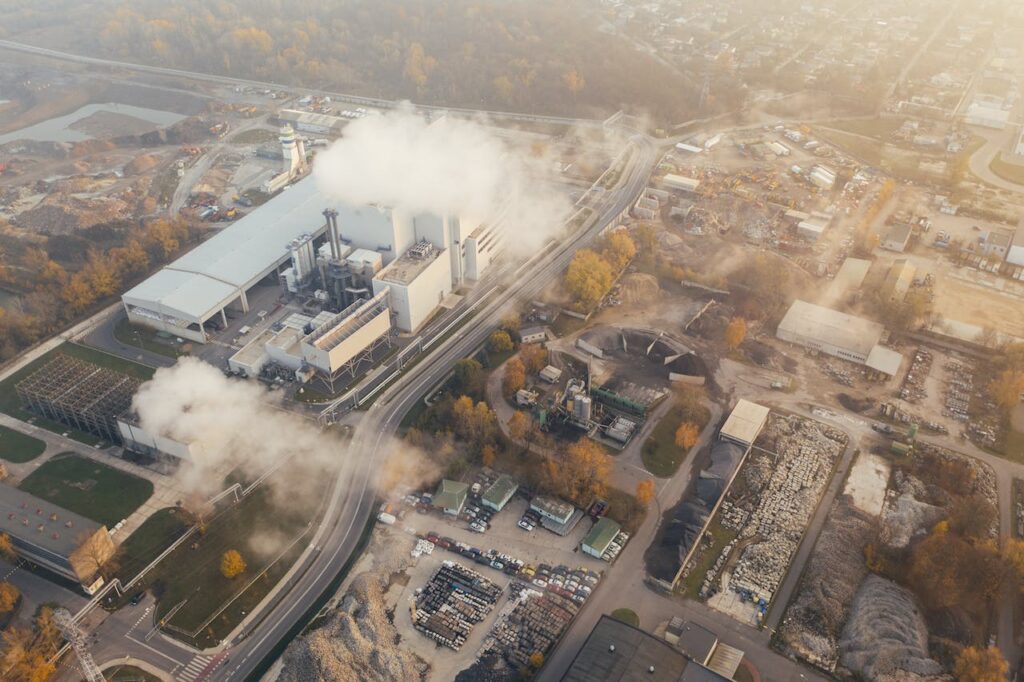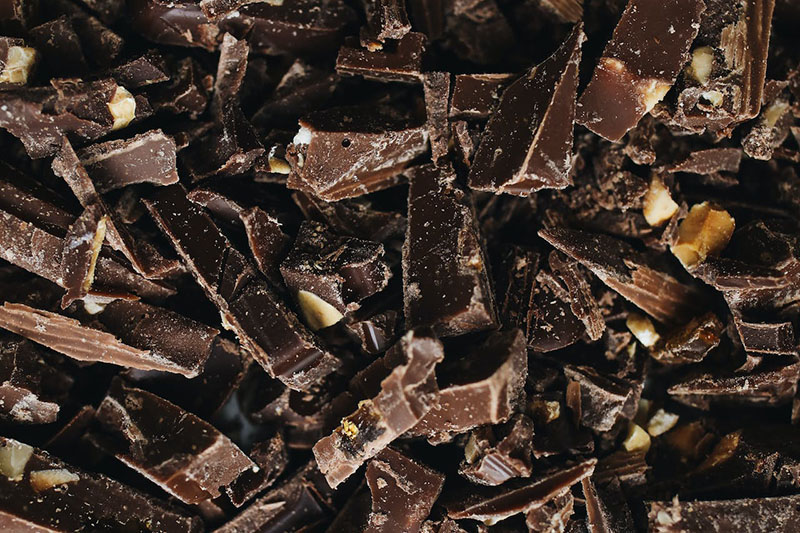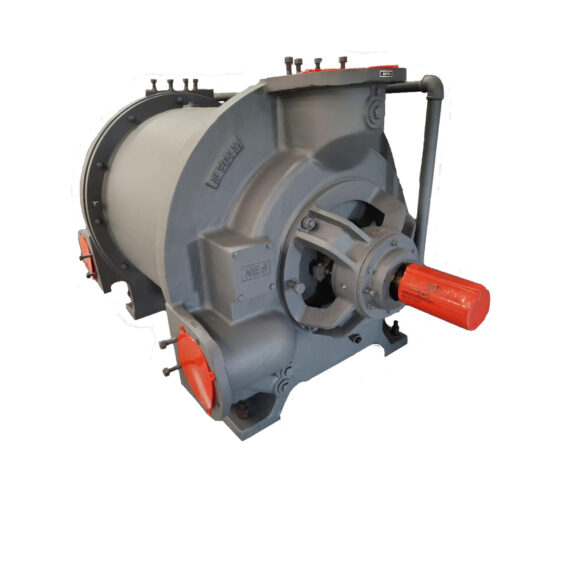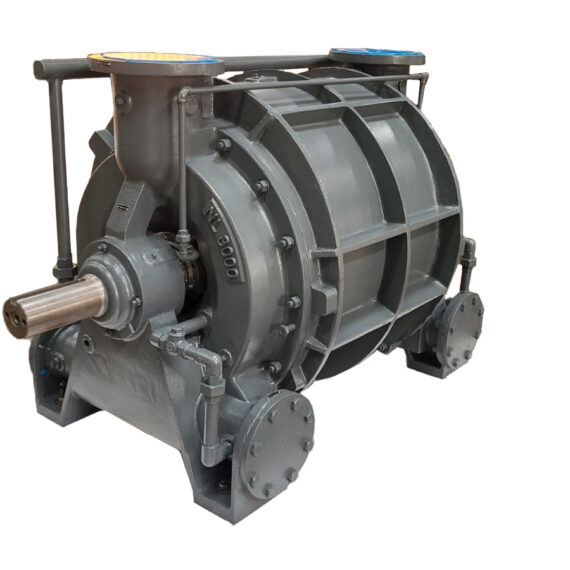
The NES Perspective: Sugar Processing
The enormous industry of sugar production depends heavily on vacuum and pressure technology at every stage – from juice extraction and filtration to vacuum evaporation and transport. Whether processing beets or cane, these systems ensure purity, consistency, and efficiency from harvest to final packaging.
- Adsorption
- Barge Loading
- Crystallization
- Deaeration, Degassing, Defoaming
- Dewatering, Drying, Evaporation
- Filtration, Separation
- Gas, Solvent Recovery
- Pneumatic Conveying
View our Products
Sugar is produced on a massive scale across the States and beyond, with sugar beets dominating production in temperate regions like the Midwest, Great Plains, and parts of the Northwest, while sugarcane thrives in tropical states such as Florida, Louisiana, and Texas. Although the crops need different structural and climate needs, both undergo a similar process to transform into the refined white crystals so common to us today.
After harvesting, sugar beets are cut into slices called cossettes and sent through hot water systems that extract as much juice as possible from the cossettes. Sugar cane is processed through several mills to the same effect. This raw juice contains solids, fibers, proteins, and more. To remove these, vacuum filtration and clarification systems are put in place to extract the clear juice from this raw slurry.

The clarified juice enters evaporation pans to concentrate the sugar. To preserve the quality of the sugar, vacuum evaporation is employed. By lowering the pressure surrounding the juice, the temperature required to boil the water decreases. This conserves the sugar’s chemical structure as well as saving on power expenses. Once this juice thickens to a syrup, it is ready for crystallization.
Crystallization is one of the most sensitive stages of the process; any dissolved gasses can disturb the consistency of the crystals. As the sucrose crystallizes, it is degassed and dewatered using vacuum. These sugar crystals are separated from the remaining syrup content via centrifugation to produce high-purity sugar crystals and molasses. The molasses can be sold, reprocessed, or refined further depending on the setup of the facility while the sugar crystals are dried and dewatered to reduce clumping during packaging and maintain longer shelf stability.
Any solvents or volatile compounds used for things like purifying or pigment removal from the raw juice are captured and recovered from dewatering and drying elements, pairing adsorption beds with vacuum pumps to selectively reclaim and recycle these costly ingredients while reducing plant emissions.
The crystals are then pneumatically conveyed to silos or packaging stations. Once the sugar is stored en masse in silos, they are ready for transport via trucks and barges, where vacuum or compression technology is applied. Vacuum technology is often applied in scenarios where multiple sources are brought to one point of distribution, whereas compressors are applied where one source is distributed over long distances, tall vertical runs, or towards multiple distribution points.
From beet cossettes and milled cane to dark syrup and white crystals, vacuum and pressure control are critical contributors to quality, safety, and efficiency. NES Company Inc. proudly supports the sugar industry with rugged, high-performance vacuum pumps, blowers, and compressors – ensuring that every step runs cleanly and dependably.


